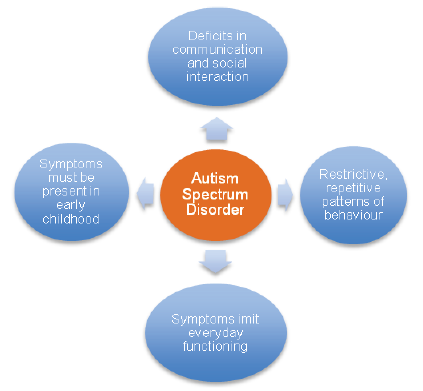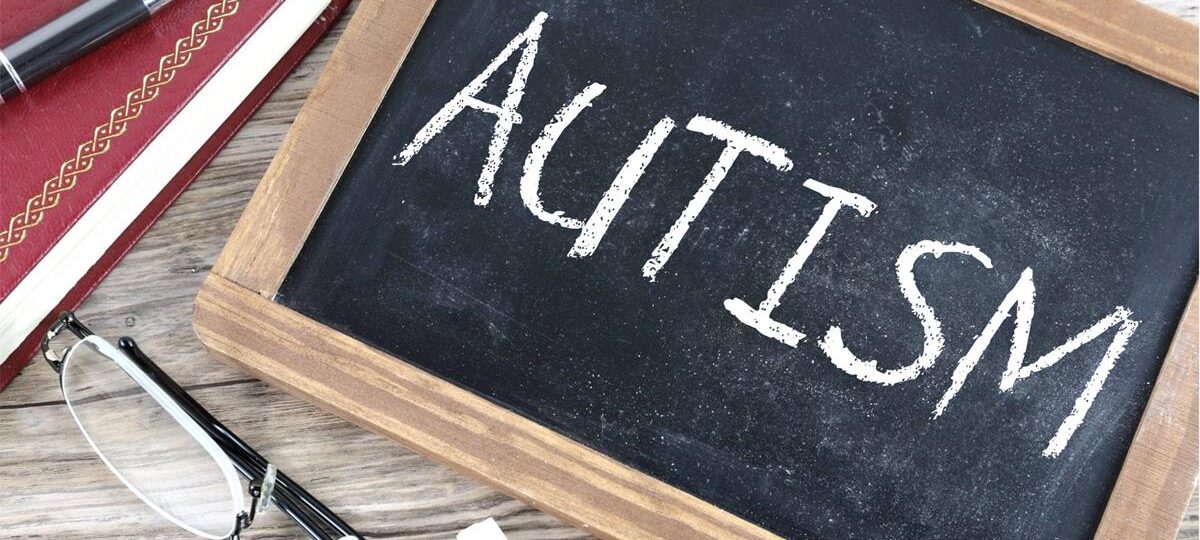What does Autism look like?
It is often said that if you have met one person with autism, you have met one person with autism. Autism Spectrum Disorders (ASD) may seem incredibly different from one person to another based on the varying characteristics of what is called the “spectrum”. It is important to understand that not all people with a diagnosis of autism display all of the symptoms discussed in this article. Sensory swings are a helpful form of therapy for children and adults with autism.
Individuals vary widely in ability, behavior, age, activity level, cognitive functioning, and personality. To acquire a diagnosis of autism the individual must meet the diagnostic criteria adapted from the DSM-V (see flow chart).
The social challenges related to ASD do not necessarily involve withdrawing from social contact with others, but rather is a difficulty developing and sustaining relationships. Children with autism may prefer isolation and ignore other people, are often unresponsive, show no interest in playing with others, rarely initiate social interactions and have difficulty with reciprocal conversation. Often times many children with autism have deficits in non-verbal communication, such things as eye contact, facial expressions, gestures and joint attention of others. Individuals living with autism also have display impairments in understanding the feelings and thoughts of others, making true mutual friendships extremely difficult to achieve.
Another area of difficulty is restrictive, repetitive and unusual behaviours and interests. People with autism may display obsessive routines, such as rearranging books on a shelf, or intense interest in one topic, such as a particular character from a movie or reciting facts about a certain radio station. Coping with changes in their environment can be a difficult task as they depend on specific routines. One of the most noticeable characteristics of autism may be the stereotypic behaviour, which are portrayed differently across each individual. Some of these repetitive behaviours may look like rocking, hand flapping, toe walking, spinning objects, and fixation on one part of a toy or objects.

Assessments
The diagnosis of autism is a complex task and should only be completed by an experienced professional (such as a psychologist, developmental pediatrician, or child psychiatrist). A proper diagnostic assessment is necessary to access services and funding, but also assists in promoting a better understanding of the child, help answer the family’s questions, and guide intervention efforts. The psychological assessment determines where the individual falls on the autism spectrum or whether is better described by another diagnosis. The assessment describes the behaviour and skills in the areas of communication and language development, social skills, daily living skills, academics and education, and problem behaviours. Psychologists can also complement the autism assessment with a psycho-educational assessment that will assess intellectual capacity and provide guidance on educational needs and skill development.

